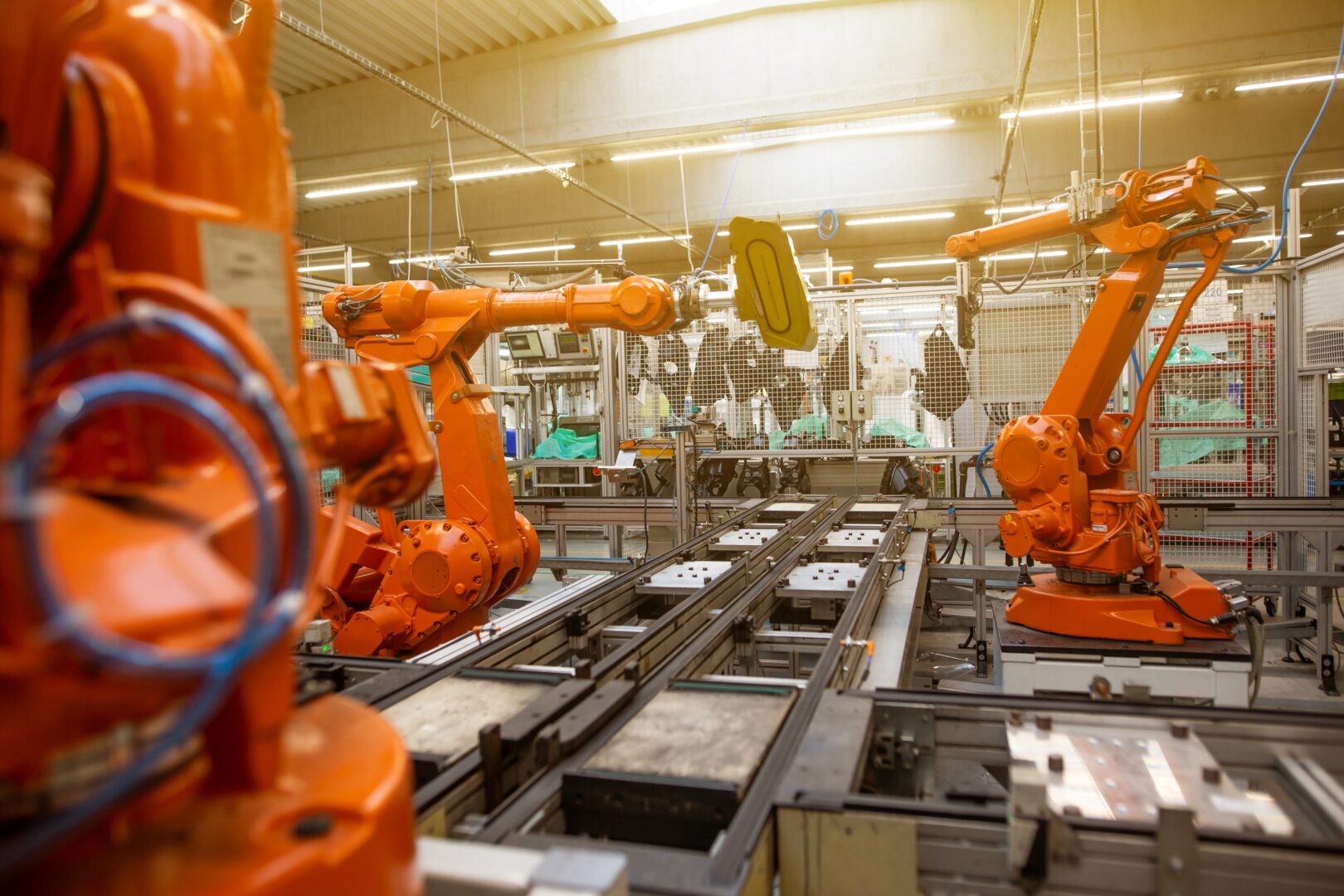Amazon is launching an ambitious experiment using humanoid robots to automate its warehouses, The Guardian reports.
The company has started to test Digit, a two-legged robot that can grasp and lift items, at facilities this week. So, should we be worried about this growing global robotic rollout in workforces?
Introducing Digit
Digit was developed by Agility Robotics, a startup based in Corvallis, Oregon, and backed by Amazon.
The robot – which can walk forwards, backwards and sideways, and can crouch – is 175cm tall and weighs 65kg. It can carry up to 16kg.
The company has explained in a blog post that Digit will be used to operate “in spaces and corners of warehouses in novel ways”
“We believe that there is a big opportunity to scale a mobile manipulator solution, such as Digit, which can work collaboratively with employees.
“Our initial use for this technology will be to help employees with tote recycling, a highly repetitive process of picking up and moving empty totes once inventory has been completely picked out of them”, the blog post finished.
And Amazon is not the only company that’s snatched up this newly-developed robotic.
Besides Agility Robotics getting investment from Amazon’s Industrial Innovation Fund last year, the carmaker Ford was actually the first buyer of Digit robots.
At a separate event on Wednesday, Amazon also announced that it is in the process of deploying a robotic system called Sequoia at one of its Houston warehouses in an effort to speed up deliveries.
The system is designed to help identify and store inventory 75% more quickly and reduce the processing time of orders by as much as 25%, Amazon explained.
More from Tech
- How Does Antivirus Software Impact System Performance?
- How Does Air Traffic Control Technology Work?
- What Role Does Broadband Play In Bridging The Digital Divide?
- How Can Telemedicine Startups Support Healthcare Delivery In Disaster-Affected Areas?
- Digital Capability Exchange UK Launches To Offer Open Access To Tech Talent
- What Is Facial Recognition Technology and How Does It Work?
- What Is Age Verification Tech, And What Does It Look Like In 2025?
- Top 10 VoIP Features Every Business Should Know About
Concerns Over The Robotic Rollout
The drive to integrate robotics across Amazon’s warehouse operations has ignited concerns over the future of its 1.5 million human workforce.
However, Tye Brady, the chief technologist at Amazon Robotics, claimed that – although it will render some jobs redundant – the deployment of robots would create new ones.
Mr Brady announced during a briefing event at an Amazon facility in Seattle that he wants to “eliminate all the menial, the mundane and the repetitive” tasks inside Amazon’s business.
He also denied this would lead to job cuts, however, claiming that it “does not” mean Amazon will require fewer staff.
Insisting that people are “irreplaceable” in the company’s operation, Brady pushed back at the suggestion it could one day have a fully automated warehouse.
“There’s not any part of me that thinks that would ever be a reality,” he said. “People are so central to the fulfilment process; the ability to think at a higher level, the ability to diagnose problems.
“We will always need people … I’ve never been around an automated system that works 100% of the time. I don’t think you have as well.”
Onstage at Wednesday’s event, Mr Brady added: “Collaborative robotics involves people. How can we have people be the stars, the spotlight, the centre of the show, when it comes to the jobs that we have to do?
“When we do our job really, really well, our robotic systems just kind of blend into the background to become ubiquitous. You don’t talk about your dishwasher too much in your kitchen. It’s an amazing robot. It’s such a great robot that I don’t even call it a robot.”
Should The Workforce Be Worried?
Concerns from the human Amazon workforce over the security of their jobs are not entirely unfounded, as confirmed by Mr Brady himself.
However, it is, of course, important to acknowledge that automation can bring about great challenges as well as great opportunities.
The future relying more on more heavily on robotics is relatively inescapable. Whether we like it or not, developments are taking place in the sector which are sure to be increasingly adopted on a wider scale.
Nonetheless, the most important thing should surely not be to deny the use of robotics in the workforce, but to strive for governments, businesses, and individuals to work together to prepare for the changing job landscape.
By focusing on education, training, and the development of policies that facilitate a seamless adaptation to an ever more automated world, we may find that concerns over the global robotic rollout in workforces are alleviated. Alternatively, perhaps only time will truly tell the full extent of the consequences arising from this growing shift to technological employment.

